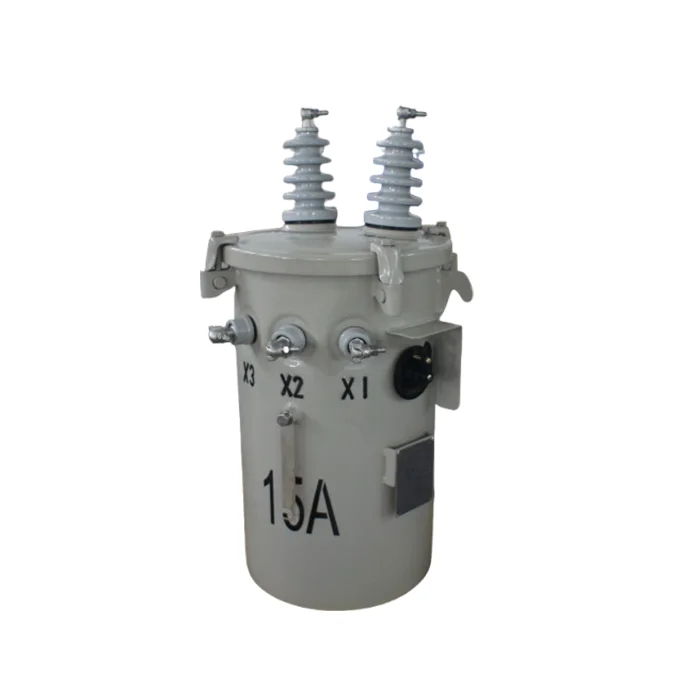In today's world, maintaining a clean and germ-free environment is of utmost importance. With the ongoing global health crisis, the significance of disinfection has become even more apparent. However, choosing the right disinfectant can be a daunting task, considering the plethora of options available in the market. In this blog post, we will delve into the depths of various disinfectants and unveil the best solution for effective cleaning.
- Understanding the Different Types of Disinfectants:
To determine the best disinfectant, it is crucial to comprehend the different types available and their specific applications. Broadly categorized, disinfectants can be classified into chemical disinfectants, natural disinfectants, and technological disinfectants. Each type has its own set of advantages and limitations, making it essential to choose wisely based on the cleaning requirements. - Chemical Disinfectants: The Power of Science:
Chemical disinfectants, such as chlorine-based compounds, quaternary ammonium compounds, and hydrogen peroxide, have long been used for their efficacy in killing a wide range of pathogens. This section will explore the science behind these disinfectants, their mode of action, and their effectiveness against different types of microorganisms. Additionally, we will discuss their compatibility with various surfaces and the precautions to be taken while using them. - Natural Disinfectants: Harnessing the Power of Nature:
With the growing demand for eco-friendly alternatives, natural disinfectants have gained popularity. This segment will shed light on natural disinfectants like vinegar, tea tree oil, and citric acid. We will explore their antimicrobial properties, their effectiveness in killing germs, and their suitability for different cleaning purposes. Furthermore, we will discuss the advantages and limitations of natural disinfectants, ensuring a comprehensive understanding of their usage. - Technological Disinfectants: Innovations for Enhanced Cleaning:
In recent years, technological advancements have revolutionized the field of disinfection. This section will introduce cutting-edge disinfection technologies, including ultraviolet (UV) light, electrostatic sprayers, and ozone generators. We will delve into the working principles of these technologies, their effectiveness in eliminating pathogens, and their applications in various settings. Additionally, we will discuss the safety considerations and potential drawbacks associated with these advanced disinfection methods. - Evaluating the Best Disinfectant: Factors to Consider:
To determine the best disinfectant, it is essential to consider several factors. This segment will provide a comprehensive guide on evaluating disinfectants based on their efficacy, safety, ease of use, compatibility with surfaces, and environmental impact. By understanding these factors, readers will be equipped with the knowledge to make informed decisions when selecting a disinfectant for their specific cleaning needs.
Conclusion:
In the quest for the best disinfectant, it is crucial to consider the specific requirements of each cleaning scenario. While chemical disinfectants offer proven efficacy, natural alternatives provide eco-friendly options. Technological advancements further enhance the cleaning process. By evaluating the factors discussed, individuals can make informed choices and ensure a clean and germ-free environment. Remember, the best disinfectant is the one that aligns with your needs and priorities, striking the perfect balance between effectiveness and safety.









